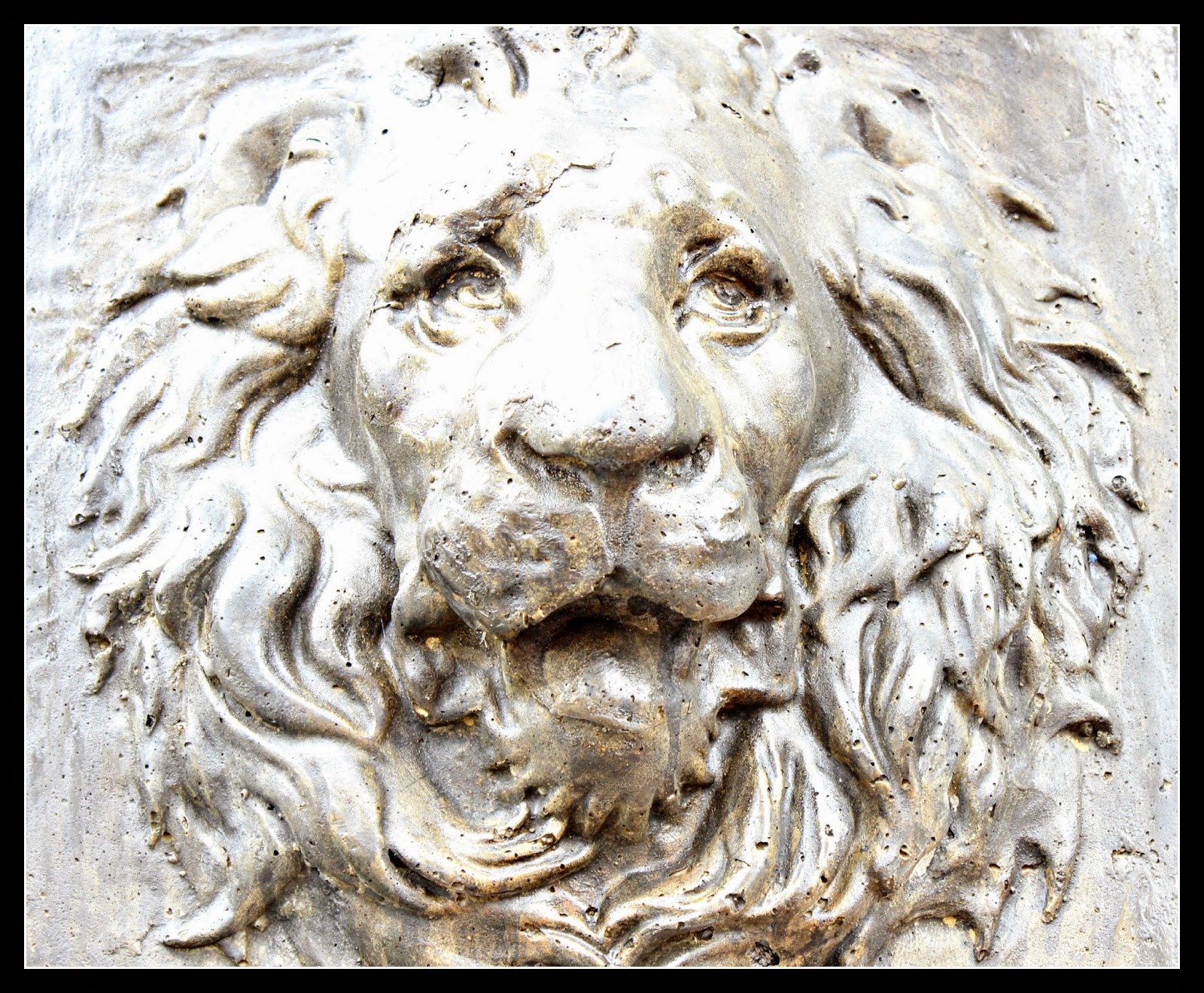We can do lots of stuff electronically in today’s world that
wasn’t possible as short as a decade ago. We can obtain graduate degrees,
complete our grocery shopping, and pay our bills without having to leave our
chairs. Why not help a museum convert material? The Smithsonian announced they
are trying to go digital giving people greater ability to research, explore,
and contribute to the institution. They hope that by using crowdsourcing they
can digitize their archives at a faster and cheaper rate than traditional
methods
According to Smithsonian Secretary Wayne Clough, "For years, the vast resources of the
Smithsonian were powered by the pen; they can now be powered by the pixel (1)". He further elaborated, “We are thrilled to invite the public to be our partners in the creation
of knowledge to help open our resources for professional and casual researchers
to make new discoveries (2)”.
Volunteers can simply
sign up on their website and then transcribe
documents for review and editing to help people understand the world in which they
live. The process is expected to save both time and money by the use of
volunteers. For many it is the first time they are able to contribute to a
famous institute like the Smithsonian. Who
wouldn’t be interested?
Because many of the documents are handwritten letters or
documents, software is having a hard time understanding and transcribing the
materials accurately. Therefore, people who have the ability to understand the
writing, its context, and the style are encouraged to be part of the solution. It takes on a community volunteer effort with
big cost saving ideas.
The process is not without controls to ensure accuracy. All
letters and documents transcribed are double reviewed by another volunteer and
eventually certified by an expert. This process helps put multiple check points
in place for review to ensure that major mistakes are not found or make their
way into the final database.
The use of hundreds and thousands of brains to complete
complex tasks is a great adaptation to the Internet. In today’s global world
people from anywhere can become helpful contributors to national problems and
issues. People can select what interests
them like the bumble bee, artists, or other genres that will keep them focused
and excited. Experts and history buffs
are likely to love the new found hobby contributing from the comfort of their
home.





